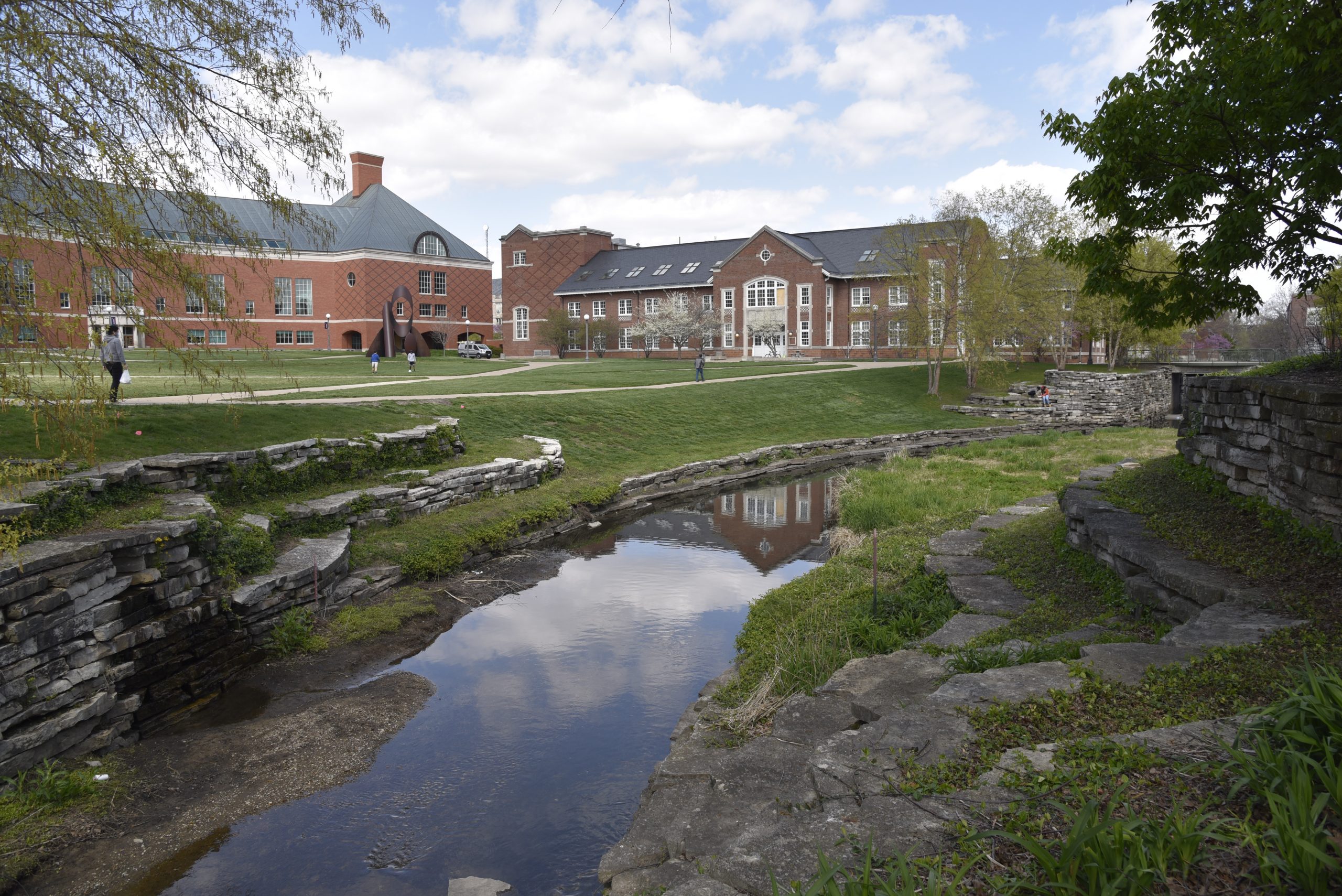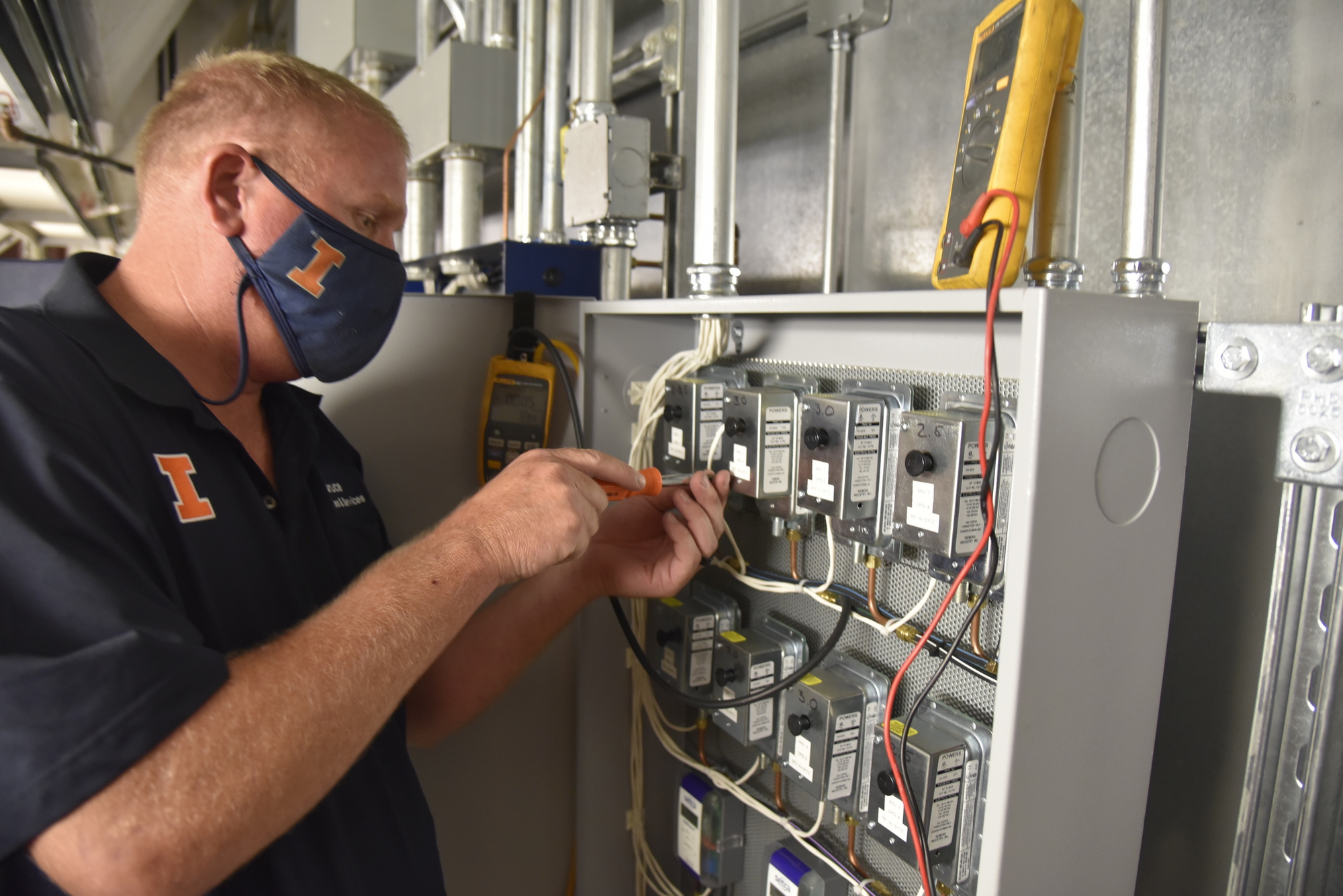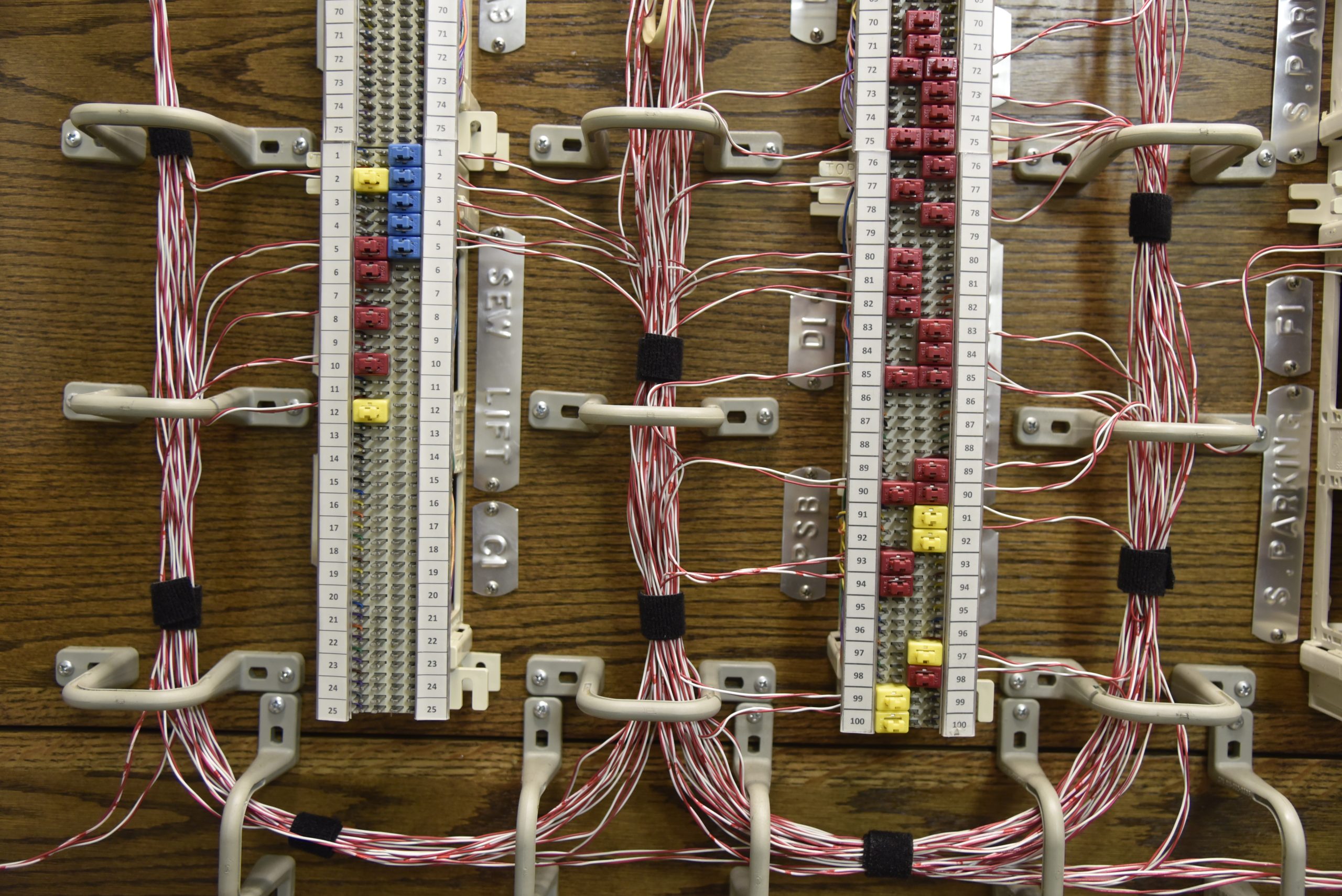Retrocommissioning (RCx) Projects

Retrocommissioning (RCx) is one of many programs driving the University of Illinois’ success in energy conservation. RCx optimizes a building’s heating, ventilation, and cooling systems and controls to maximize energy savings while maintaining occupant comfort.
Since August of 2007, RCx teams have updated and upgraded systems in 90+ campus buildings, reducing energy consumption by an average of 27% and avoiding $120M in utility costs for over 12 million gross square feet of facilities. RCx will continue to pay dividends in energy savings and efficiency gains as deferred maintenance is taking a toll on campus buildings, wasting energy and consuming financial resources.
Funding
The University of Illinois Urbana-Champaign began retrocommissioning (RCx) in 2007 as a way to address the growing deferred maintenance backlog in campus buildings.
RCx was initially through project selections made by the Academic Facilities Maintenance Fund Assessment (AFMFA) committee, but presently is supported by other sources.
Prior to FY18, a significant amount of RCx funding came from the State of Illinois Department of Commerce and Economic Opportunity (DCEO); this program has been discontinued. RCx received more than $16 million in energy grants through the program. This represents a significant funding loss going forward. New funding must be found for the program to continue to help campus make gains in energy conservation.
Recognizing the potential for cost avoidance, some campus auxiliary units have funded RCx services directly in their facilities (e.g. Activities and Recreation Center [ARC], Illini Union, Memorial Stadium, McKinley Health Center, Electrical and Computer Engineering Building and University Housing’s Student Dining and Residential Programs and Nugent Hall).
Objectives
The goal of retrocommissioning is to provide the greatest level of safety and comfort for building occupants and improve building system efficiency while reducing energy consumption.
An RCx team visit to a building will:
- Address deferred maintenance issues
- Improve system efficiency, air quality, and occupant comfort
- Save energy and reduce the university’s carbon footprint
Maintenance
Retrocommissioning provides maintenance of buildings’ systems through:
- Addressing items from the deferred maintenance backlog for a building, depending on the size of the project and energy consumption
- Gathering data regarding operating conditions, sensor accuracy, equipment condition, and historic maintenance data in addition to conducting informal client interviews
- Creating an action items list, addressing the ones we can and turning the others over to the appropriate maintenance crew for the needed changes
- Continuous commissioning by monitoring the building’s systems
Occupant Comfort
Retrocommissioning improves the physical environment by:
- Evaluating air quality, building air pressure, and system balance
- Verifying the HVAC equipment for each room/area is working properly
- Adjusting and correcting occupancy and equipment operating schedules
- Making the campus community more aware of energy consumption
- Coordinating with maintenance crews that may reside in buildings for an extended period of time
Energy Reduction
Retrocommissioning provides energy saving by:
- Lowering energy use in the highest energy usage buildings
- Reducing emissions from Abbott Power Plant
- Optimizing HVAC equipment operation
- Adjusting equipment operating schedules to fit occupant demand
- Providing tips to building occupants for cutting energy use
Process Execution
Once a building is selected based upon existing controls platform, energy usage, deferred maintenance, and an engineering evaluation, Retrocommissioning will coordinate the process with the department/college. Occupant comfort is vital so developing a good working relationship with the building’s contacts/facility managers is key to the success of every Retrocommissioning project. Areas that the Retrocommissioning team will be evaluating, addressing, and correcting include:
- Pneumatic and DDC Control Equipment Calibration
- Sequence of Operation Improvements
- Occupancy Scheduling (reducing heating/cooling levels when building is unoccupied)
- Exhaust Air Volumes
- Temperature Control Graphics
What the building occupants can expect:
- Technicians adjusting, experimenting, and implementing energy saving strategies at each air conditioning or heating unit in the building, which typically takes a few months
- Intermittent starting and stopping of building systems
- Some noise and temporary lack of comfort
- A visit from a technician to verify the thermostat is working, possibly requiring investigation above the ceiling
- If major problems are discovered, a follow-up visit from a maintenance crew to assist in the needed changes
- Maintenance crews may reside in the building a few months after the Retrocommissioning team has left
RCx Facility Selection Criteria
Buildings are selected for retrocommissioning using multiple criteria, with high energy consuming buildings as higher priorities. Criteria may include:
- High energy consumption
- Condition of existing temperature control equipment
- Department participation
- Retrocommissioning team evaluation
Links
Documents


